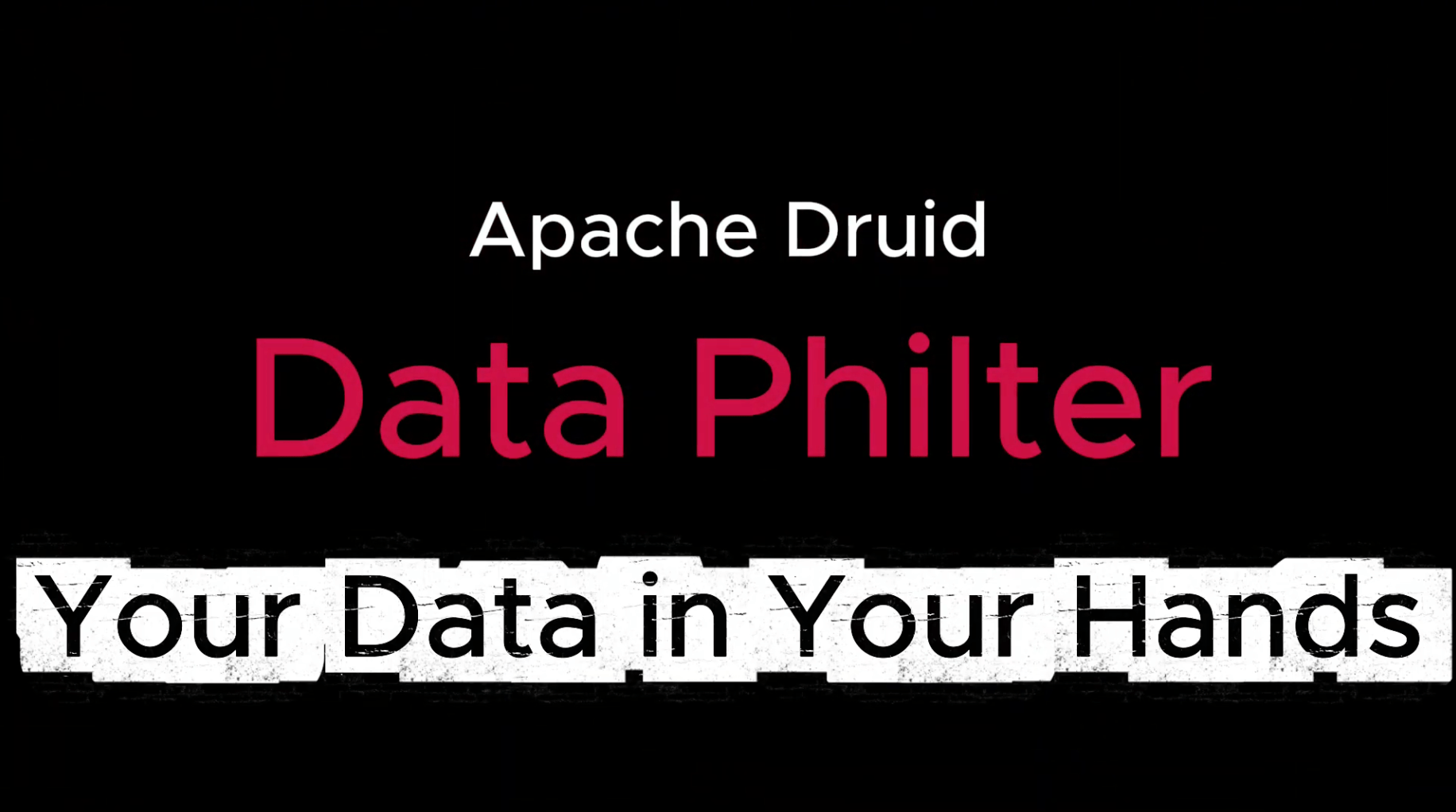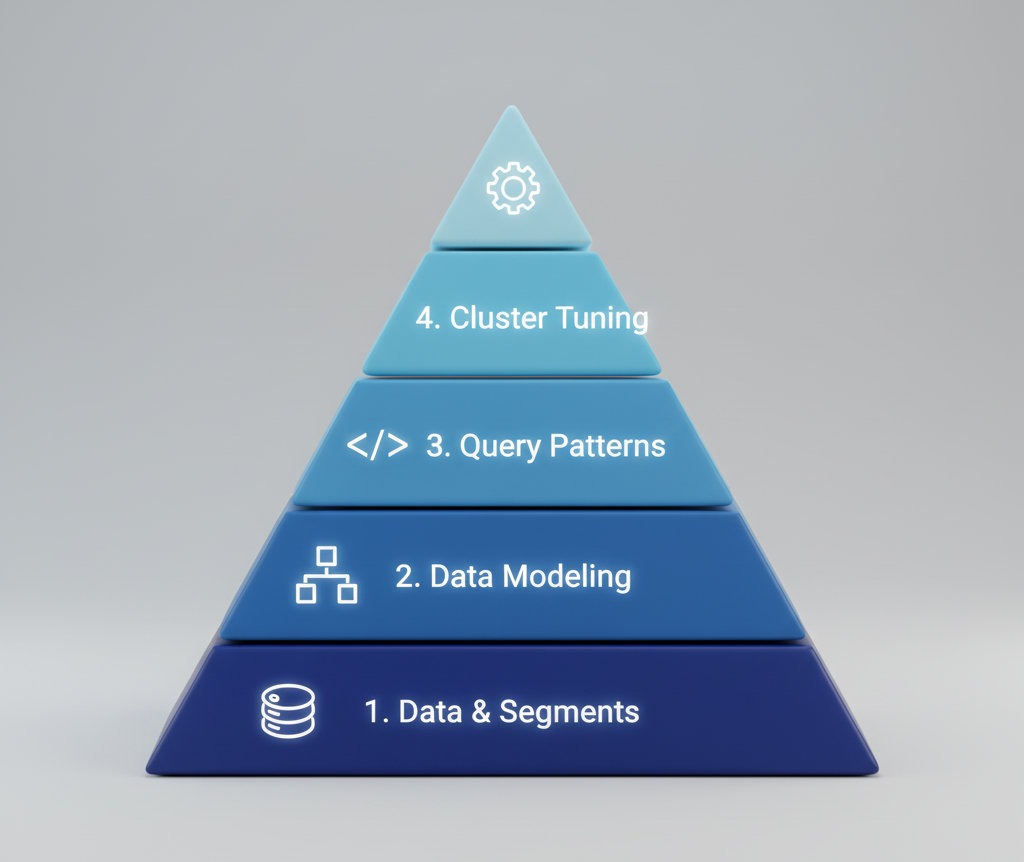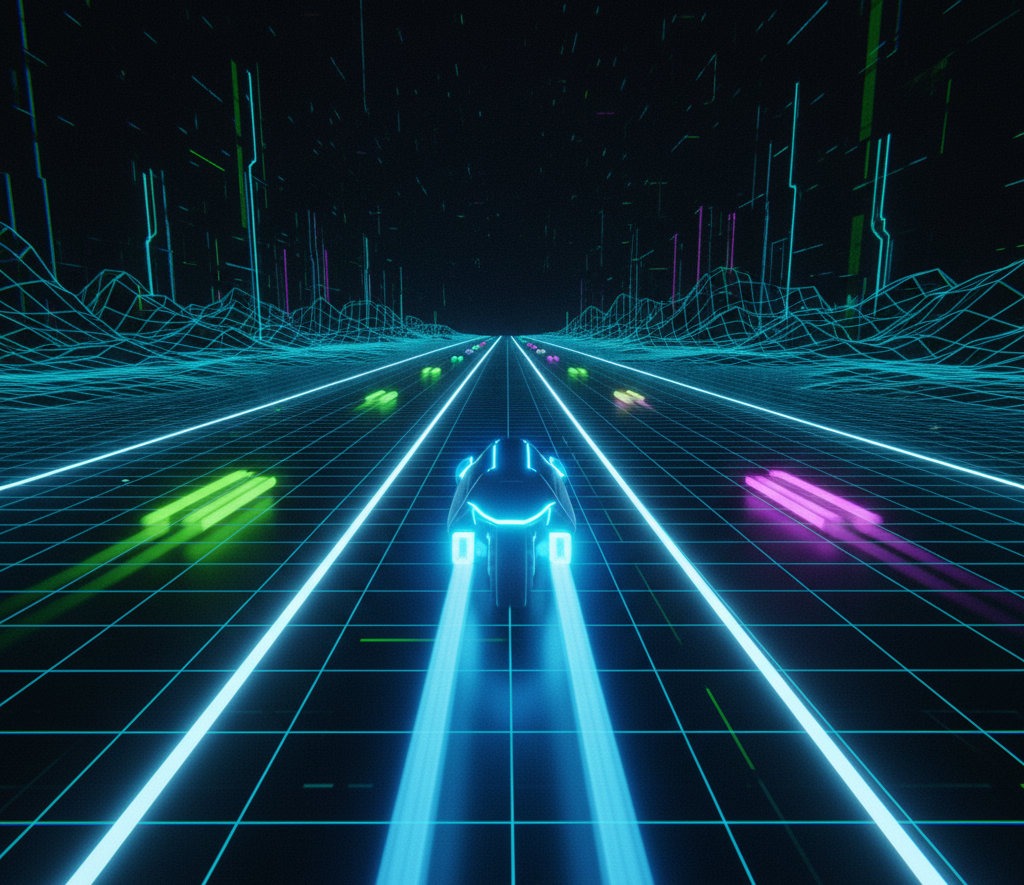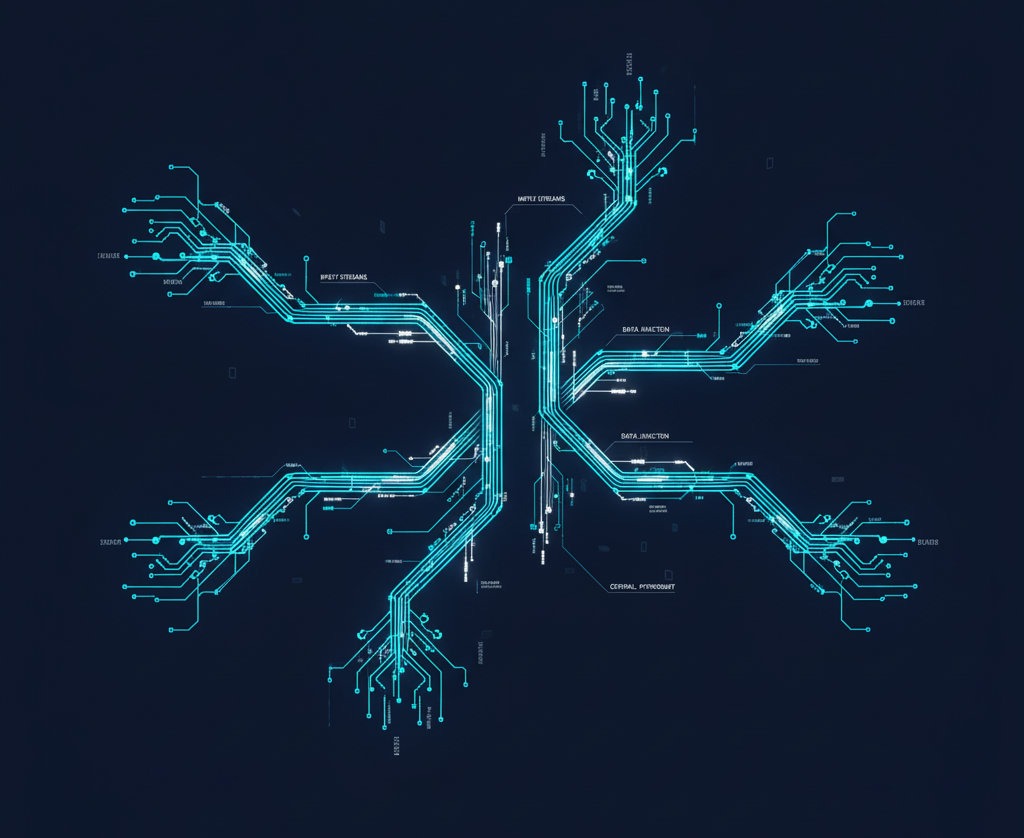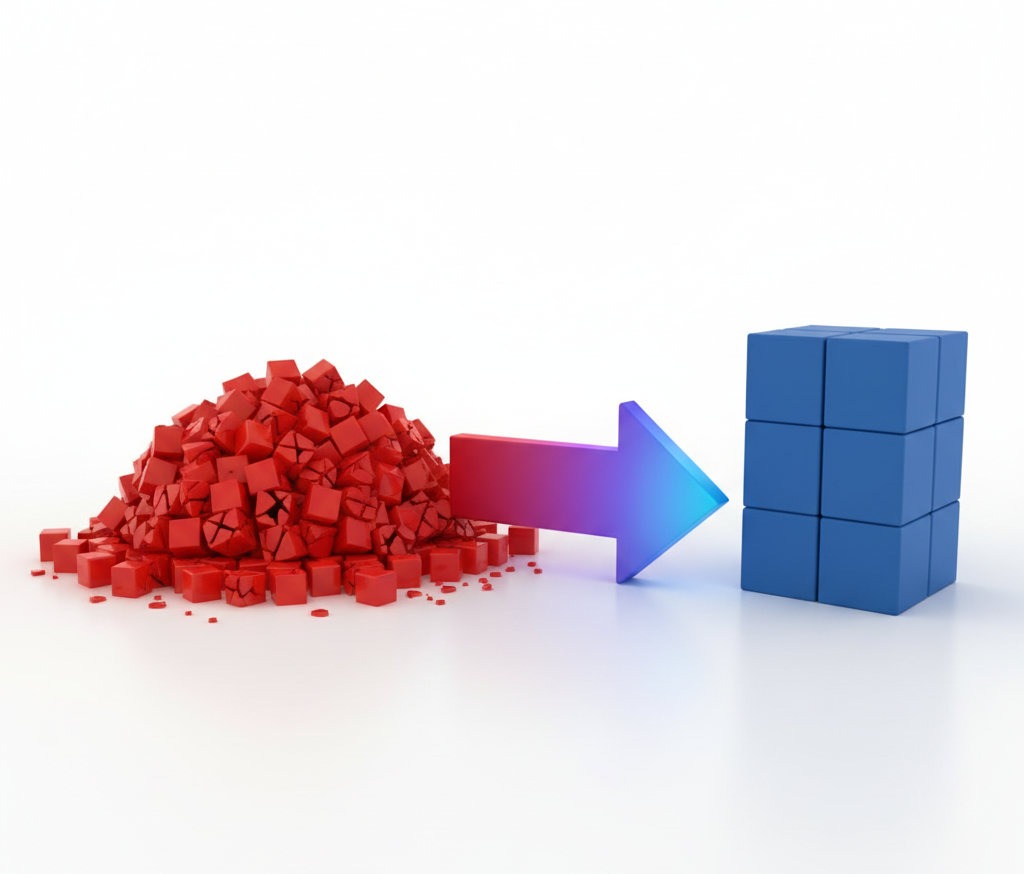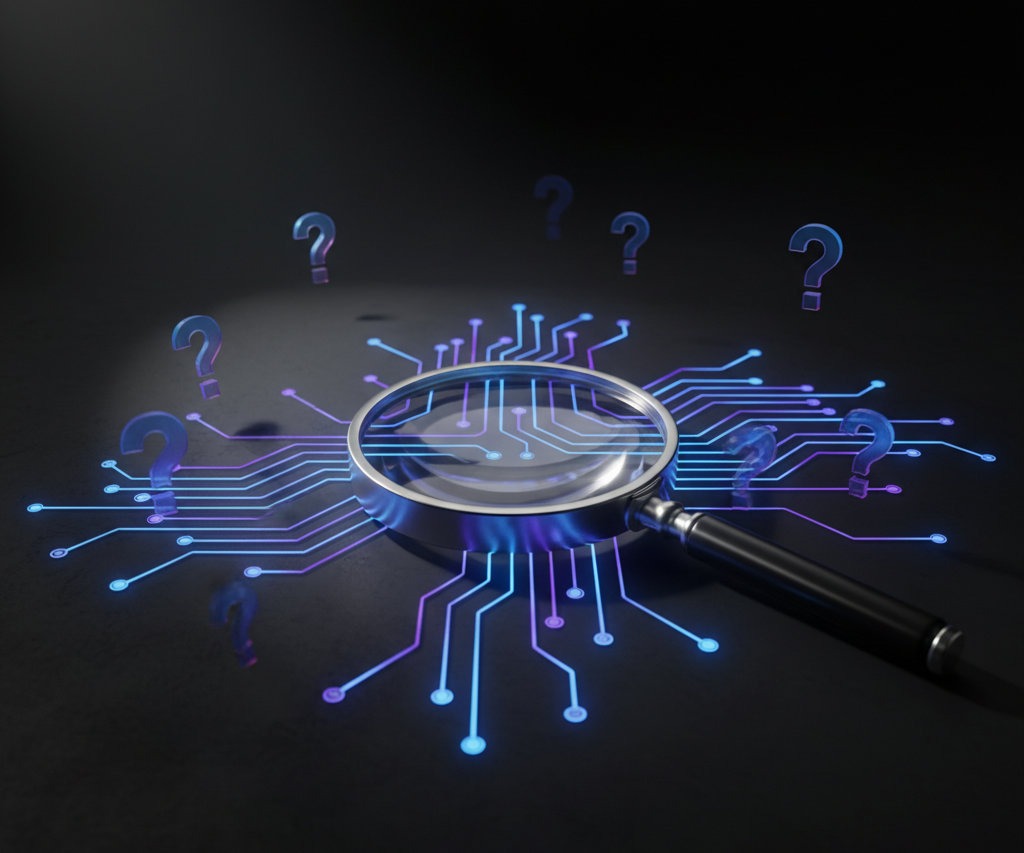This article explores the concept of Sovereign AI and introduces Data Philter, an open-source, local-first AI […]
This post is the summary of a series on Apache Druid Query Performance. Apache Druid Query […]
This article is Part 4 of a series on Apache Druid Query Performance. Apache Druid Query […]
This article is Part 3 of a series on Apache Druid Query Performance. Apache Druid Query […]
This article is Part 2 of a series on Apache Druid Query Performance. Apache Druid Query […]
This article is Part 1 of a series on Apache Druid Query Performance. Apache Druid Query […]
Unlock the full potential of your Apache Druid cluster. This series introduction explains why performance tuning is critical for achieving sub-second query latencies and provides a Q&A-based roadmap for diagnosing and solving the most common bottlenecks, from data layout to cluster configuration.
Enterprise AI Integration & Custom MCP (Model Context Protocol) Server Development Building Your Enterprise AI Future […]
Apache Druid Consulting Company, for Artificial Intelligence Support & Managed Services Unlock Peak Business Performance with […]
This guide builds on Infrastructure Setup for Enterprise Apache Druid on Kubernetes – Building the Foundation, […]

